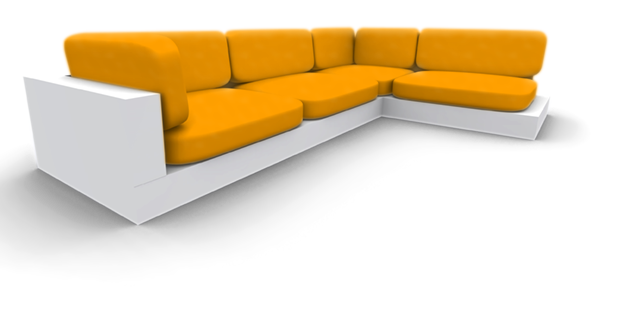| Autor | Beitrag | ||
|---|---|---|---|
Ccenter       
Beiträge: 154 Win7 C# |
Moin,
so sinnlos sich das möglicherweise auch anhört, ich möchte gerne die Position der Console ermitteln. Der Sinn dahinter ist, dass ich meine Console um eine kleine Windows Form erweitern möchte. Dazu hab ich in meiner Consolenanwendung eine winForm hinzugefügt. Die Aufgaben die die winForm hat erfüllt sie auch, jedoch möchte ich sie an die Console "anheften". Über Befehle in der Console kann ich ausserdem steuern ob die winForm sichtbar ist oder nicht, das funktioniert auch schonmal. Ich hatte jetzt die Idee, durchgehen die Position der Console von der winForm auslesen zu lassen und sich dann demnach zu verschieben. die Position der winForm kann ich ermitteln, aber ich weiß leider nicht wie ich die Position der Console ermitteln kann. |
||
jaenicke       
Beiträge: 19315 Erhaltene Danke: 1747 W11 x64 (Chrome, Edge) Delphi 11 Pro, Oxygene, C# (VS 2022), JS/HTML, Java (NB), PHP, Lazarus |
Ob es dafür auch direkt in .NET etwas gibt weiß ich nicht, aber es geht auf jeden Fall mit GetConsoleWindow und dann entweder GetWindowInfo oder GetWindowPlacement.
|
||
Ccenter         
Beiträge: 154 Win7 C# |
Hab etwas recherchiert und konnte dann daraus das entwerfen:
Die Form ist 300px breit, deshalb "+300". In der Main-Methode der Console muss man dann nur noch das aufrufen: Nun habe ich nur noch ein ein Problem. Sobald ich die Form versuche zu bewegen, bewegt sie sich nur ein paar Millimeter. Die Console zieht nach und ich muss die Form mit der Maus los lassen, da sie sich nicht weiterbewegt. Erst dann kann ich wieder einen neuen Versuch starten. Dann aber wieder nur ein paar Millimeter... |
||
















